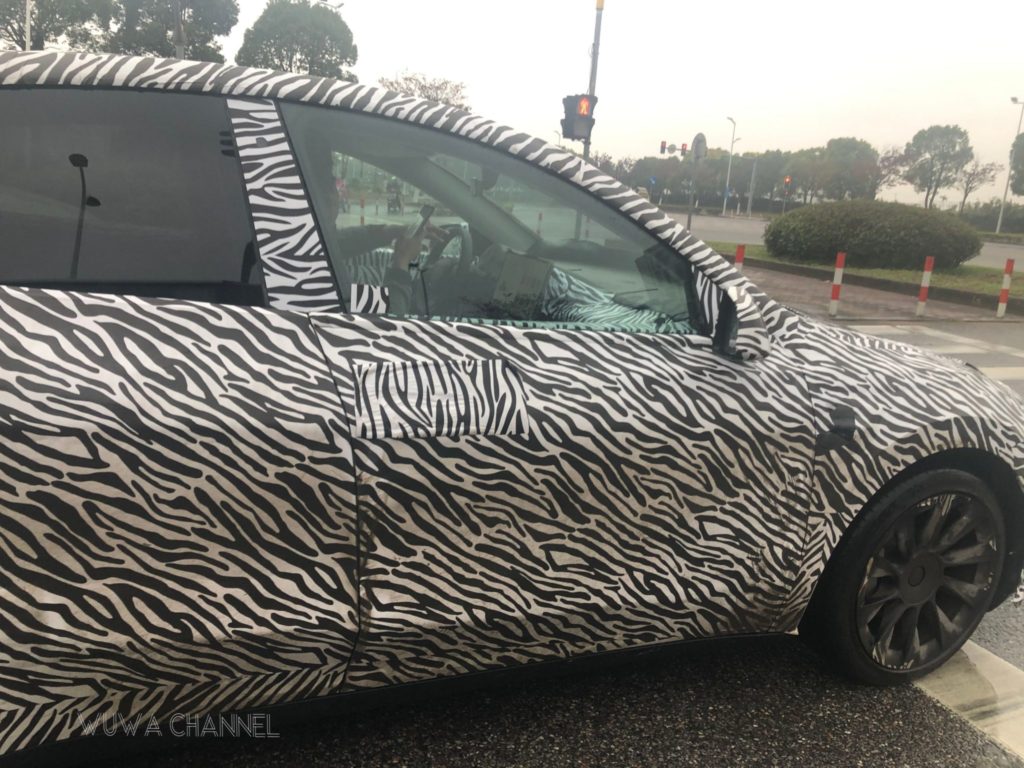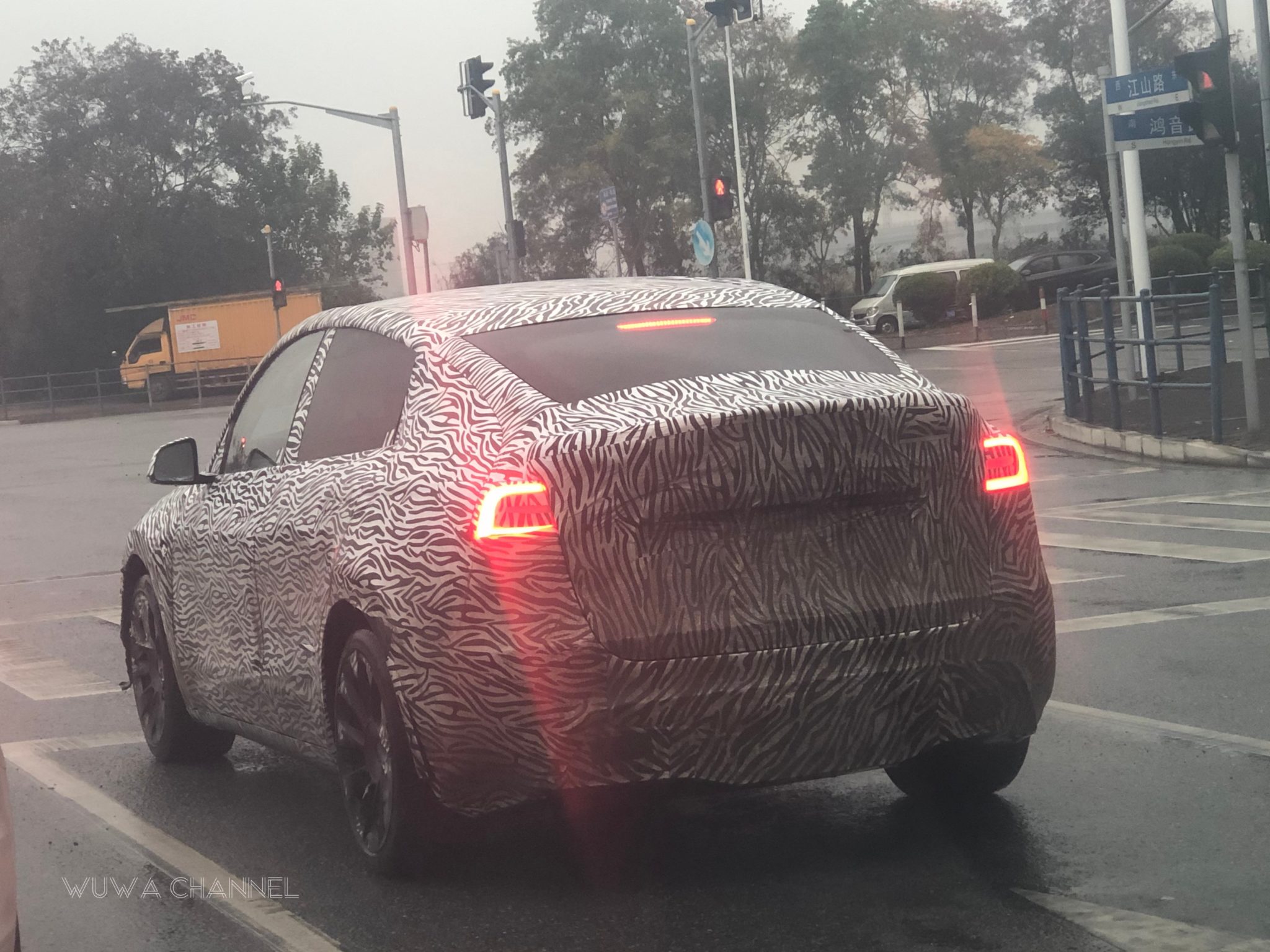With the Model Y, Tesla has adopted a new global strategy: this Model will only be marketed in the Chinese and European markets when it begins to be produced locally (that is, in Giga Shanghai and Giga Berlin, respectively). Something that will make it more competitive than if it was imported from the United States as is the case with the Model S, Model X and Model 3.

Currently, Giga Shanghai already produces the Model 3 in its Standard Range Plus RWD and Long Range RWD versions; However, in the short term, it will also be joined by the expected Model Y. What changes will the Chinese version incorporate from the American Model? More than initially thought.
The pre-production Chinese Model Y units are rolling in dense camouflage during their development tests. Something that was not done with the Chinese Model 3 at the time for the simple reason that it was aesthetically identical to its American brother. Even the dashboard of the test units is camouflaged.
Tesla may have decided to slightly adapt the Model Y’s design to the tastes of the local public, as Volkswagen has done with the ID.4, whose version X (produced jointly with SAIC) incorporates a series of exterior and interior modifications regarding the European variant. What will these changes be?
We take a closer look at the #MICModelY 🚗as it appears on a road test near the Shanghai factory.The camouflaged Model Y is wrapped around the outside and the car’s interior looks camouflaged as well. What’s the difference between the MIC 🇨🇳🚗version and the US🇺🇸🚗 version, folks pic.twitter.com/yR8JzmPtiu
— 乌瓦 (@bentv_sh) November 24, 2020
Although it is far from confirmed, Tesla may have redesigned optics, bumpers, and wheels. Simultaneously, in the cabin, we could find new interior harmonies and even conventional instrumentation since the dashboard’s camouflage seems to be hiding a screen behind the steering wheel. However, all this is simple speculation, so until the vehicle loses camouflage we will not leave doubts. It is only known that the car will not incorporate NCA cells from Panasonic, but NCM from LG Chem.
What is confirmed is that the European Model Y will bring many more changes compared to the American than the Chinese: its frame will be made up of three large castings and will be in charge of launching the brand’s new structural batteries with 4680 cells, which should make it noticeably cheaper to produce.

